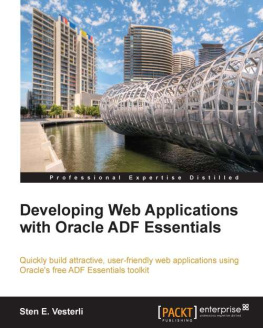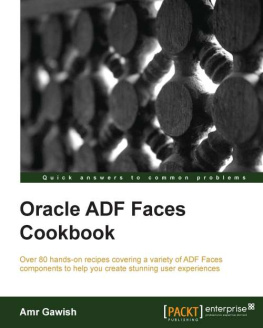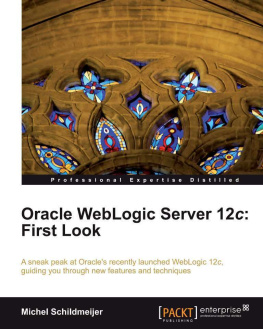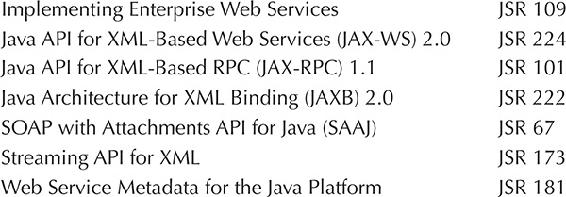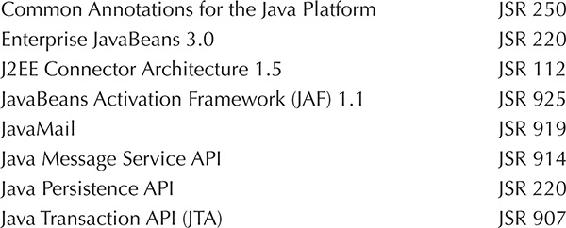Harshad Oak [Oak - Java EE Applications on Oracle Java Cloud:: Develop, Deploy, Monitor, and Manage Your Java Cloud Applications
Here you can read online Harshad Oak [Oak - Java EE Applications on Oracle Java Cloud:: Develop, Deploy, Monitor, and Manage Your Java Cloud Applications full text of the book (entire story) in english for free. Download pdf and epub, get meaning, cover and reviews about this ebook. year: 2014, publisher: McGraw Hill Professional, genre: Computer. Description of the work, (preface) as well as reviews are available. Best literature library LitArk.com created for fans of good reading and offers a wide selection of genres:
Romance novel
Science fiction
Adventure
Detective
Science
History
Home and family
Prose
Art
Politics
Computer
Non-fiction
Religion
Business
Children
Humor
Choose a favorite category and find really read worthwhile books. Enjoy immersion in the world of imagination, feel the emotions of the characters or learn something new for yourself, make an fascinating discovery.
- Book:Java EE Applications on Oracle Java Cloud:: Develop, Deploy, Monitor, and Manage Your Java Cloud Applications
- Author:
- Publisher:McGraw Hill Professional
- Genre:
- Year:2014
- Rating:4 / 5
- Favourites:Add to favourites
- Your mark:
Java EE Applications on Oracle Java Cloud:: Develop, Deploy, Monitor, and Manage Your Java Cloud Applications: summary, description and annotation
We offer to read an annotation, description, summary or preface (depends on what the author of the book "Java EE Applications on Oracle Java Cloud:: Develop, Deploy, Monitor, and Manage Your Java Cloud Applications" wrote himself). If you haven't found the necessary information about the book — write in the comments, we will try to find it.
Master Java EE Application Development on Oracle Java Cloud Build highly available, scalable, secure, distributed applications on Oracle Java Cloud. In this Oracle Press guide, Oracle ACE Director and Java Champion Harshad Oak leads you through the entire Java EE cloud-based application lifecyclefrom development to deployment. Filled with real-world examples, ready-to-use code, and best practices, Java EE Applications on Oracle Java Cloud is an invaluable resource for anyone looking to meet the growing demand for cloud-based development skills. Set up an Oracle Java Cloud instance and manage users and roles Build an application with NetBeans IDE and deploy it on Oracle Java Cloud Extend application functionality using servlets, filters, and listeners Streamline application development with JavaServer Pages, JSP Standard Tag Library, and expression language Create and deploy feature-rich JavaServer Faces applications on Oracle Java Cloud Use Enterprise JavaBeans to effectively run business logic code in enterprise applications Develop and deploy SOAP and RESTful web services on Oracle Java Cloud Take advantage of the persistence capabilities of Oracle Java Cloud via Oracle Database Cloud Code examples from the book are available for download.
Harshad Oak [Oak: author's other books
Who wrote Java EE Applications on Oracle Java Cloud:: Develop, Deploy, Monitor, and Manage Your Java Cloud Applications? Find out the surname, the name of the author of the book and a list of all author's works by series.

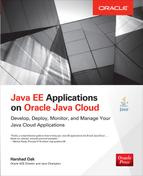
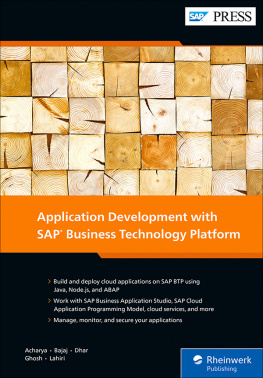
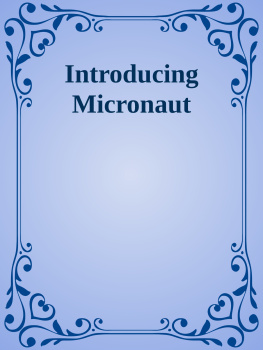
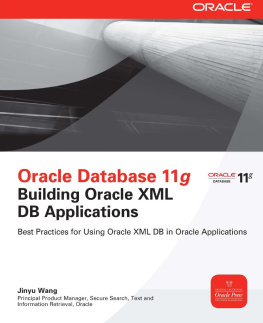
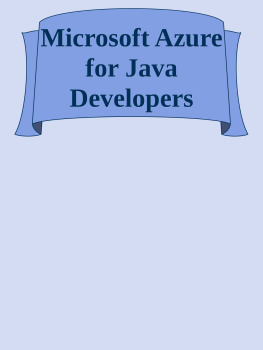
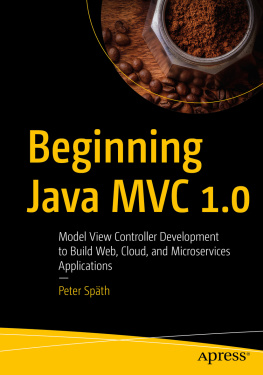


![David Coffin [David Coffin] - Expert Oracle and Java Security: Programming Secure Oracle Database Applications with Java](/uploads/posts/book/119377/thumbs/david-coffin-david-coffin-expert-oracle-and.jpg)
![Ram Kulkarni [Ram Kulkarni] - Java EE 8 Development with Eclipse](/uploads/posts/book/119355/thumbs/ram-kulkarni-ram-kulkarni-java-ee-8-development.jpg)
